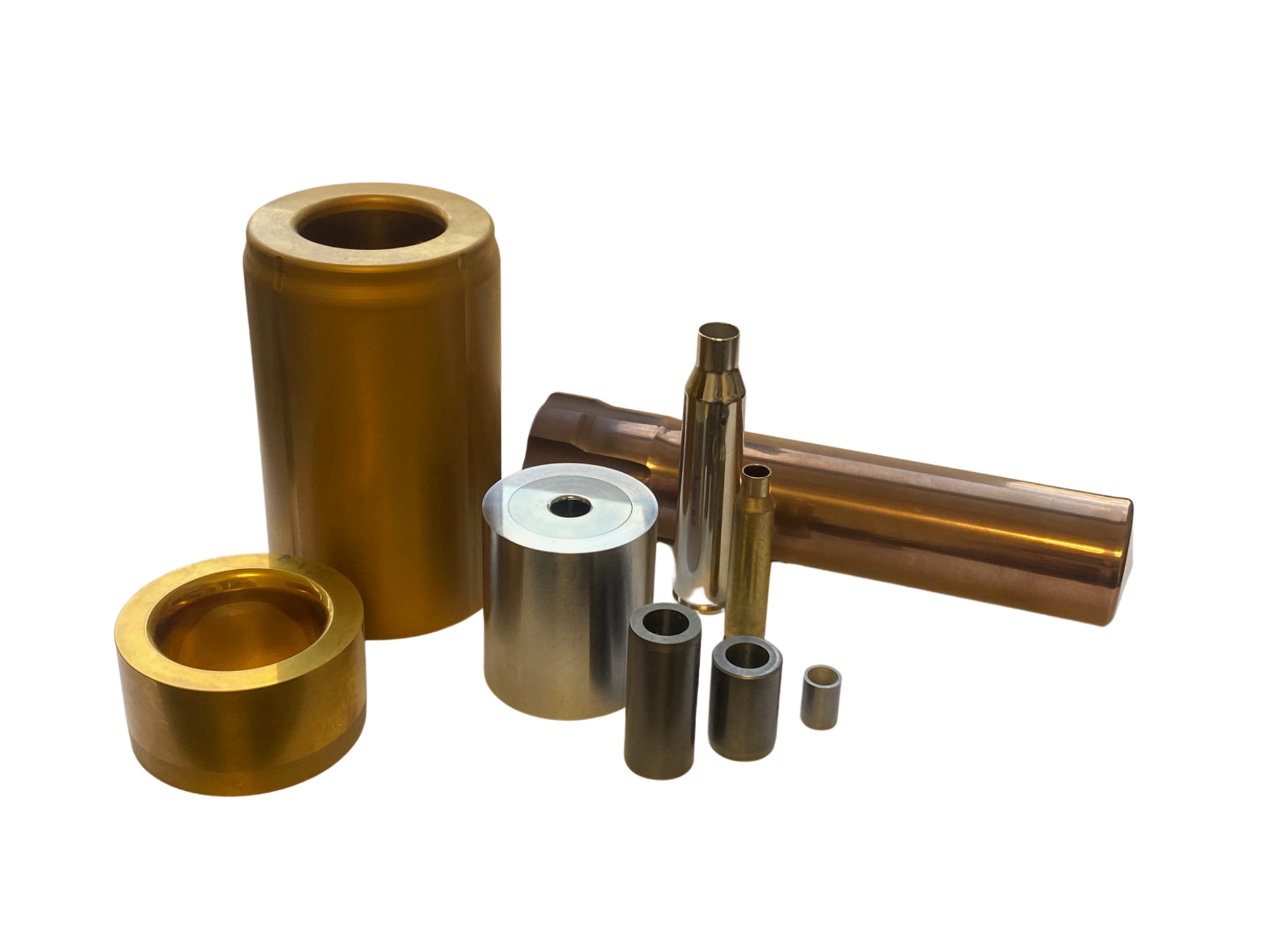Carbide tooling and carbide cutting tools are revolutionizing machining processes across industries. Known for their exceptional hardness and wear resistance, these tools deliver superior performance and precision compared to traditional devices.
From aerospace to automotive manufacturing, carbide tooling is essential for producing high-quality components efficiently. In this blog, we’ll look into the fundamentals of carbide tooling and guide you in selecting the right tools for your specific needs.
What is a Cutting Tool?
Before we go into carbide tooling specifically, let’s first establish a basic understanding of cutting tools in general. Cutting tools are indispensable in manufacturing. Whether it’s a simple blade or a complex carbide insert, these tools are vital for creating everything from basic components to complex parts.
In the simplest terms, a cutting tool is a device that uses a sharpened edge to remove material from a workpiece. This process allows manufacturers to shape the said workpiece into a desired form.
Common Types of Cutting Tools
Cutting tools come in various forms, each designed for different applications. Some common examples include:
- Drills: used to create holes in materials.
- Milling Cutters: employed to shape flat surfaces, create slots, and cut gears.
- Turning Tools: utilized in lathes to produce cylindrical shapes
How Cutting Tools Work
Regardless of their type, all cutting tools operate on the same fundamental principle. They apply a force to the workpiece that exceeds the material’s shear strength. This force causes the material to deform and separate, resulting in the removal of chips or shavings.
Now that we have a basic understanding of carbide-cutting tools, let’s explore the specific characteristics and advantages of carbide tooling.
Carbide Tooling
Carbide tooling represents a significant advancement in cutting tool technology. Unlike traditional high-speed steel tools, carbide tools employ a composite material consisting of tungsten carbide particles cemented together with a binder, typically cobalt. This carbide composition gives such tools exceptional hardness and wear resistance, allowing them to outperform other cutting tool materials in many applications.
Currently, cemented carbide tools have become a primary means for increasing metal-cutting productivity. Ongoing research constantly develops new products for more accurate and faster machining to reduce manufacturing costs.
Properties of Carbide Tooling
The key properties that make carbide tooling stand out include:
- High Hardness: Maintains a sharp cutting edge even at elevated temperatures.
- Excellent Wear Resistance: Provides extended tool life, reducing the frequency of tool changes.
- Increased Cutting Speeds: Allows for faster machining and higher productivity.
- Improved Surface Finish: Produces smoother and more precise cuts.
With this overview of carbide tooling, we will now move on to the crucial aspect of selecting the right tools specific to your needs.
Factors to Consider When Choosing Carbide Tooling
Selecting the appropriate carbide tooling is important for achieving optimal machining results, maximizing tool life, and minimizing costs. When dealing with carbide-cutting tools, several key factors influence this decision, including:
Workpiece Material
Different materials have varying hardness, toughness, and machinability. Softer materials like aluminum require different carbide grades and geometries compared to harder materials like steel or titanium. Analyze your workpiece material’s properties to choose a compatible carbide tool.
Cutting Operation
The type of machining operation significantly impacts tool selection. The three main styles, turning, milling, and drilling, each demand specific tool geometries and characteristics. For instance, turning tools typically have a single cutting edge, while milling cutters have multiple flutes. Consider the specific cutting operation and choose a tool designed for that purpose.
Tool Geometry
The geometry of the carbide tool, including rake angle, clearance angle, and nose radius, affects chip formation, cutting forces, and surface finish. A positive rake angle is suitable for softer materials, while the opposite is preferred for harder materials. Choose a tool geometry that aligns with your workpiece material and desired cutting parameters.
Coating and Grade
Carbide tools often feature coatings that enhance their performance and longevity. Coatings like titanium nitride (TiN) or titanium aluminum nitride (TiAlN) increase wear resistance and reduce friction. Additionally, carbide grades are categorized based on their hardness and toughness. Select a coating and grade that suits your application requirements.
Machine Capabilities
The capabilities of your machining equipment also play a role in tool selection. Consider the machine’s power, speed, and rigidity. Ensure the chosen carbide tool is compatible with your machine’s limitations and can withstand the cutting forces generated during the operation.
Carefully evaluate these factors to make informed decisions when choosing carbide tooling. The right set of tools will improve machining efficiency and productivity, leading to better product quality and a healthier bottom line for your business.
Next, let’s get to know practical application examples to see how these principles apply in real-world scenarios.
Carbide Tooling in Action
To illustrate the versatility of carbide tooling, let’s examine some specific applications across different industries:
Aerospace
Carbide-cutting tools are indispensable in the aerospace industry, where precision and reliability are crucial. They are used for machining complex components from high-strength alloys like titanium and nickel-based superalloys. Carbide’s ability to maintain sharpness at high temperatures makes it ideal for crafting turbine blades and engine parts.
Automotive
The automotive sector relies heavily on carbide tooling to produce engine blocks, cylinder heads, and transmission components. Carbide inserts, with their wear resistance, excel in high-volume production environments, ensuring consistent accuracy and reducing downtime for tool changes.
Woodworking
While often associated with metalworking, carbide tooling also finds applications in woodworking. Carbide-tipped saw blades and router bits offer superior cutting performance and extended tool life when working with hardwoods and composite materials.
Mold and Die Making
Carbide end mills and drills are essential for creating intricate molds and dies used in various manufacturing processes. The fine surface finishes achieved with carbide tooling contribute to the quality and precision of the final products.
Medical Device Manufacturing
The medical industry demands tight tolerances and biocompatibility. Carbide tools are used to manufacture implants, surgical instruments, and other medical devices with the required precision and surface finish.
These examples demonstrate the versatility and importance of carbide tooling across diverse industries. The exceptional properties of carbide-cutting tools enable them to withstand demanding conditions and deliver precise results, making them invaluable assets in modern manufacturing.
Key Takeaways
Carbide tooling has become indispensable in modern manufacturing. Its exceptional hardness, wear resistance, and ability to maintain sharpness at high temperatures make it ideal for various applications across diverse industries. By carefully considering factors like workpiece material, cutting operation, and tool geometry, you can choose the right carbide tools to optimize your machining processes.
Remember, selecting appropriate carbide tooling enhances productivity, reduces costs, and improves product quality. For expert guidance on choosing the perfect carbide tooling solutions for your specific needs, contact us today! We are here to assist you in finding the right tools to achieve your manufacturing goals.



